Recycled steel in construction: Unlocking economic and environmental potential
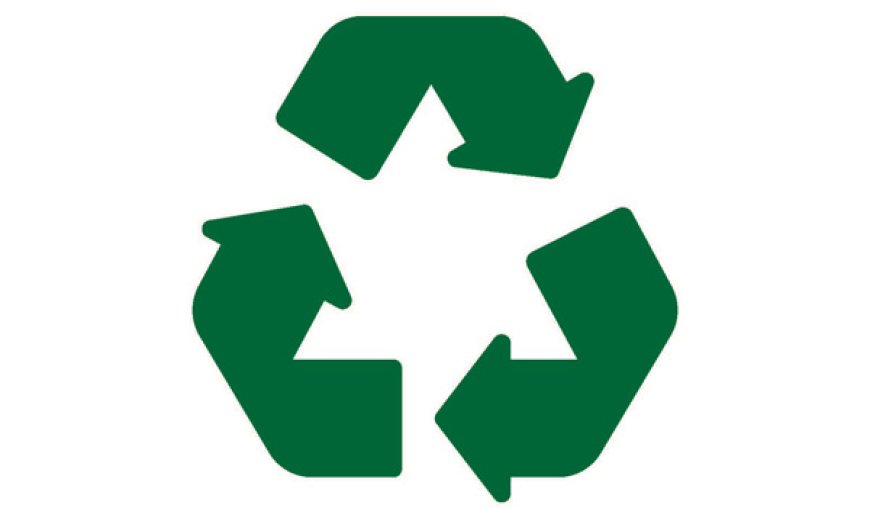
The construction industry is one of the largest consumers of steel, which is primarily used for structural applications due to its strength, durability and versatility. However, the traditional steel production has significant environmental impacts, including high energy consumption and greenhouse gas emissions.
Conventionally, steel production heavily relies on virgin materials, but with the growing concern for environmental sustainability and economic efficiency there is an increasing trend towards the use of recycled steel in construction projects.
To address these concerns, the use of recycled steel in construction has gained traction, offering both economic and environmental advantages. This article explores the economic and environmental benefits of using recycled steel in structural applications.
Economic benefits
Cost-effectiveness: Using recycled steel in structural applications can lead to significant cost savings. While the initial cost of recycled steel might be slightly higher than that of the newly manufactured steel, the overall project cost is often lower due to the reduced material expenses. Recycled steel is readily available and requires less energy to process compared to virgin steel, resulting in decreased production costs.
• Recycled steel can be 8-10% cheaper than virgin steel in production, resulting in substantial cost savings for construction projects.
• The American Institute of Steel Construction (AISC) states that the recycling rate for steel in construction is around 98%.
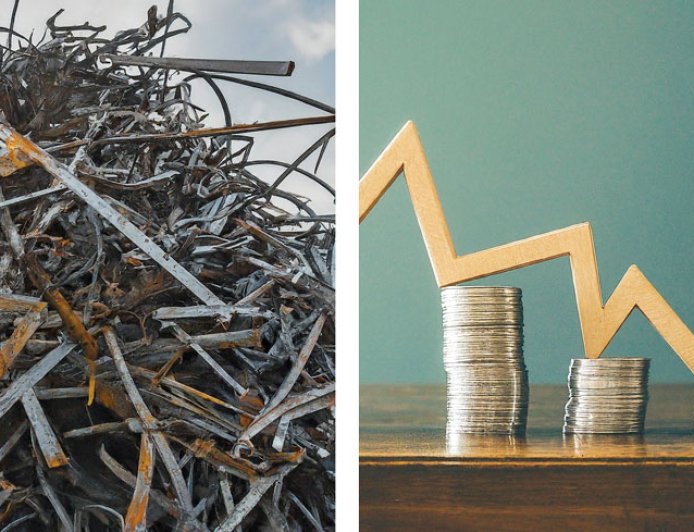
Environmental benefits
Energy conservation: The production of steel from recycled materials consumes significantly less energy compared to the production of virgin steel. By using recycled steel, construction projects can significantly reduce their carbon footprint and contribute to energy conservation efforts.
The American Iron and Steel Institute (AISI) states that recycling steel saves the equivalent energy to power about 18 million households for a year.
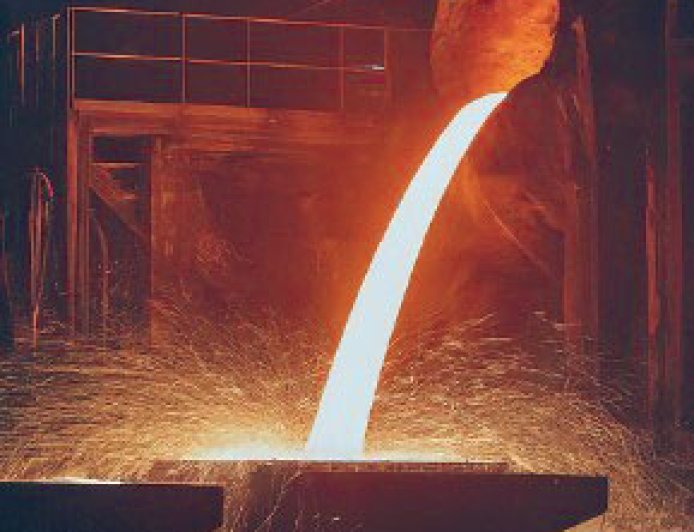
According to The European Recycling Industries' Confederation (EuRIC), recycling steel reduces CO2 emissions by 58% compared to producing new steel. The recycled steel industry saves about 72% of the energy (i.e., 4,697 kWh per tonne) needed to produce steel from raw materials.
Reduction in greenhouse gas emissions: The steel industry is a significant contributor to greenhouse gas emissions. By using recycled steel, the carbon footprint associated with steel production is substantially reduced. Recycling steel produces fewer greenhouse gas emissions, including carbon dioxide (CO2), sulfur dioxide (SO2), and nitrogen oxide (NOx), compared to the production of virgin steel. This reduction in emissions contributes to mitigating climate change and improving air quality.
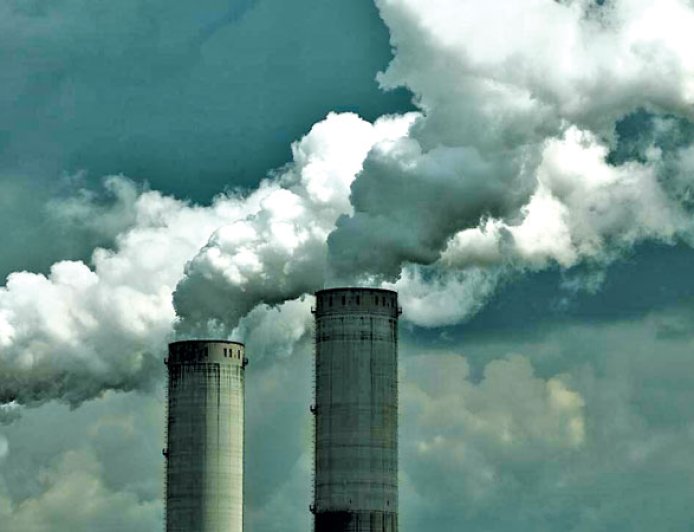 By recycling steel, we can significantly mitigate environmental pollution. Specifically, recycling steel can potentially reduce air pollution by 86% and water pollution by 76%, while also conserving approximately 86% of the water utilized in steel production.
By recycling steel, we can significantly mitigate environmental pollution. Specifically, recycling steel can potentially reduce air pollution by 86% and water pollution by 76%, while also conserving approximately 86% of the water utilized in steel production.
Conservation of Natural Resources: Using recycled steel in structural applications helps conserve natural resources and reduces the need for mining and extraction activities. Mining and processing virgin materials require substantial amounts of energy and water, leading to habitat destruction, soil erosion, and water pollution. By opting for recycled steel, construction projects can help preserve natural resources and protect the environment.
• Over 1,370 kg of iron ore, 780 kg of coal, and 270 kg of limestone are saved for every tonne of steel scrap made into new steel by Blast Furnace method.
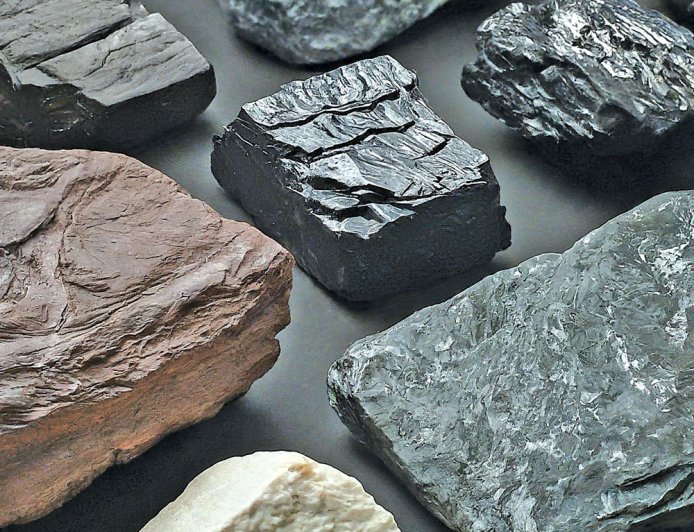
|
Data & statistics of recycled steel usage across the world |
|||
|
Country/Region |
Crude Steel Production * |
Recycled Steel Usage* |
Percentage of Recycled Steel Used |
|
Turkey |
9.532 |
8.077 |
84.74% |
|
EU-27 |
33 |
19.878 |
60.24% |
|
USA |
20 |
10.5 |
52.50% |
|
South Korea |
16.2 |
6.116 |
37.75% |
|
Japan |
21.5 |
8.07 |
37.53% |
|
India |
37.3 |
9.98 |
26.76% |
|
China |
256.6 |
58.55 |
22.82% |
|
* figures in million tonnes as per Q1 2024 |
|||
Key Insights
• Turkey leads in the percentage of recycled steel usage, with nearly 85% of its steel production coming from recycled materials.
• EU-27 and the USA maintain strong positions with over 50% of their steel production based on recycled steel.
• India is rapidly increasing its use of recycled steel, reflecting a positive shift toward sustainable production methods.
Challenges and solutions in ensuring quality of recycled steel in India’s infrastructure
Ensuring the consistent quality of recycled steel in India poses a significant challenge due to the absence of standardized and regulated recycling practices across the industry. Unlike virgin steel, which is produced in controlled environments with stringent quality checks, the recycling of steel involves processing scrap metal from a variety of sources, each with potentially varying levels of contamination, alloy composition, and wear. This inconsistency in the raw materials can lead to variations in the quality of the recycled steel produced, making it difficult to guarantee uniformity in its properties such as strength, durability, and resistance to corrosion.
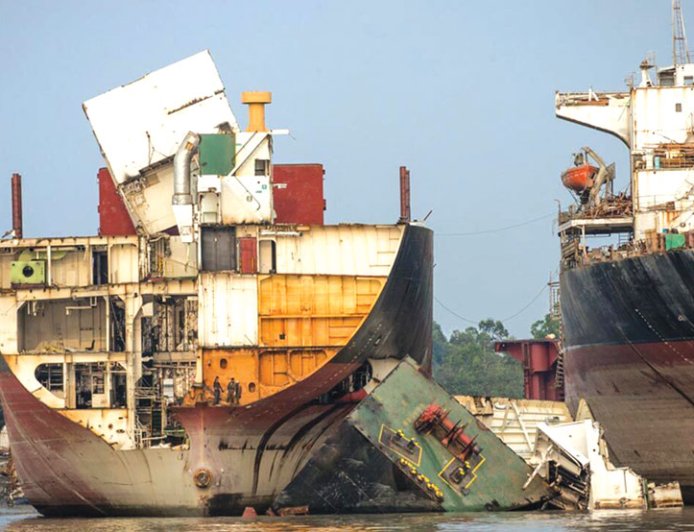 In India, this issue is increased by the lack of comprehensive recycling infrastructure and regulatory oversight. Many recycling facilities operate without following standardized procedures, leading to uncertainty about the final product's performance.
In India, this issue is increased by the lack of comprehensive recycling infrastructure and regulatory oversight. Many recycling facilities operate without following standardized procedures, leading to uncertainty about the final product's performance.
To address this issue, it is crucial for India to establish a standardized framework for the collection, sorting, and recycling of steel. Implementing stringent quality control measures at every stage of the recycling process—along with certification mechanisms to validate the quality of recycled steel—can help to minimize these concerns.
 |
Rishav Dutta Assistant Manager (Civil & Structural), Institute for Steel Development and Growth (INSDAG) |







